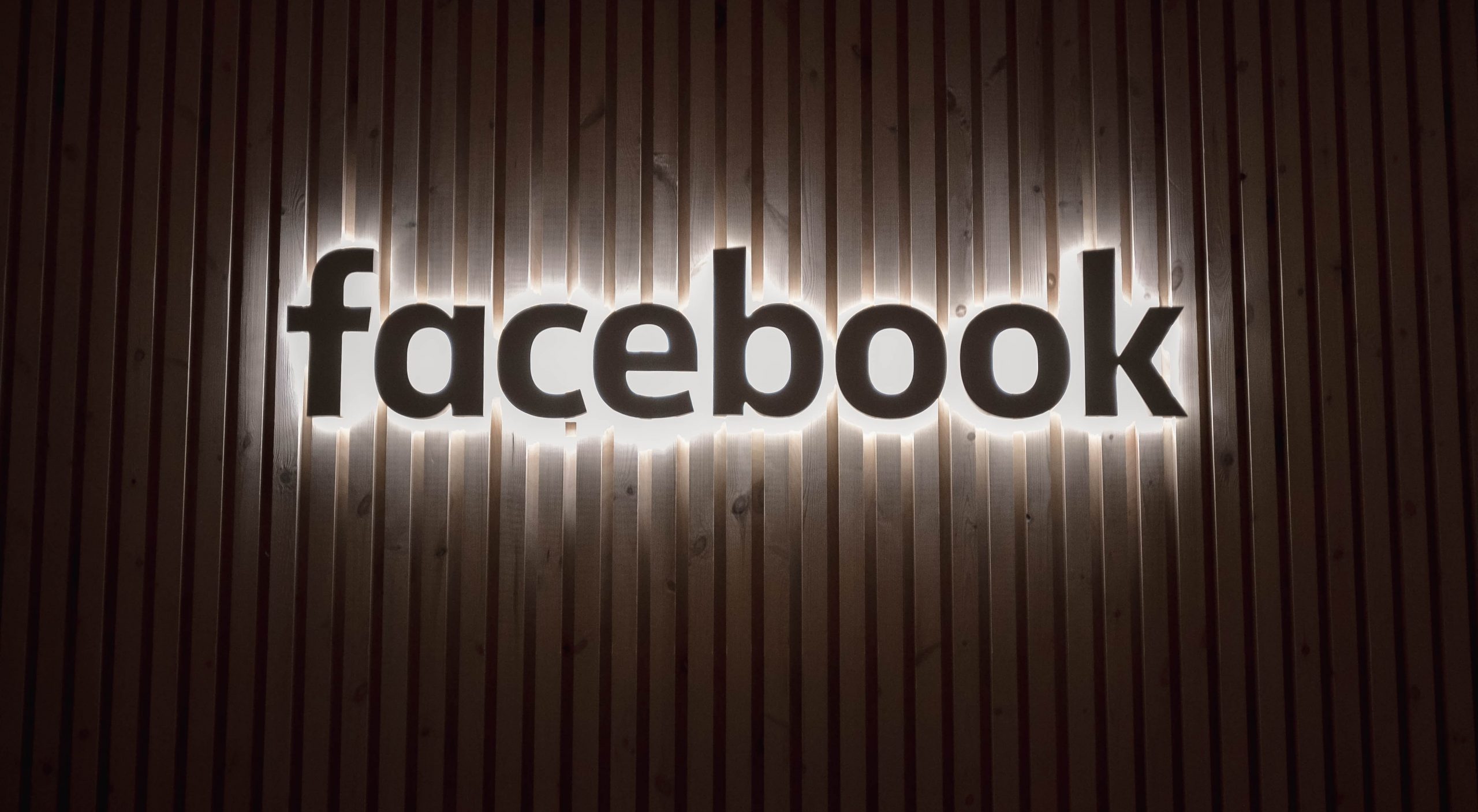By now you’ve probably heard about the rapidly growing ‘Stop Hate for Profit’ movement calling for brands to boycott Facebook (and Instagram) advertising throughout the month of July. Get the facts about the boycott and things to consider as you navigate .
Get the facts about the July Facebook Advertising Boycott
What is the ‘Stop Hate for Profit’ Boycott?
As CNET reports – On June 17, a group of civil rights organizations including the Anti-Defamation League, the NAACP, and Color of Change called on businesses to “hit pause on hate” and not advertise on Facebook in July. The goal of the movement is to raise awareness and encourage Facebook to make the platform safer by taking a more active role in moderating hate speech and disinformation. #StopHateforProfit outlined 10 steps they want Facebook to take. You can read the full list here.
What Brands Have Committed to Avoiding Facebook in July?
The boycott was initially limited to just a handful of brands, such as Patagonia, REI, North Face and Verizon. In the days leading up to July 1, a whirlwind of global advertisers made the pledge. Household names like Unilever, Clorox Company, Starbucks, Microsoft, Ford, Denny’s, Volkswagen, Lululemon – the list goes on. An estimated 100 major companies joined as of June 30.
However, not all companies have decided to partake, and it is still unclear how consumers will react to advertising brands. The truth is that this is a crucial time for small-and-medium-sized businesses to recover from the pandemic, and many rely on Facebook advertising to support their business.
Whatever route you decide to take, we’ve outlined a few thought-starters to consider for each scenario.
How can participating brands shift their marketing strategy away from Facebook?
- Shift Budget Into Paid Search. A consistent recommendation we’ve shared with our clients is to shift all – or a portion – of their Facebook budget into other staple channels such as Google Ads or Bing. If you’ve maxed out brand search, look at areas to expand into Non-Brand keywords or even RLSA.
- Drive Awareness via YouTube. YouTube In-Stream Ads have always been an effective awareness play, but the platform has also made strides to improve demand-gen and conversion-based advertising with TrueView for Action and TrueView for Shopping, which allow advertisers to drive leads or sales via the platform. Learn about the different ad options here.
- Lean into LinkedIn for B2B (or B2C with a professional twist): Certainly a more expensive alternative to Facebook, and historically hasn’t proved to be the optimal acquisition channel. With recent targeting and platform improvements – such as adding Lookalike audience functionality – we have begun to see stronger performance for several of our clients.
- Step up your Email Marketing. Email marketing produces $44 for every $1 spent, according to data from Campaign Monitor. You’ll be hard-pressed to find another channel capable of producing that kind of ROI, so if there’s room to improve/expand your email campaigns, now may be the time to explore your options.
- Reach New Audiences on TikTok. TikTok for Business officially launched last week, giving brands more access and visibility into advertising on the platform. If your target audience maps to the demographics for TikTok, it may be a good opportunity to test this channel.
Not participating in the boycott? Here’s what to keep an eye out for.
- Monitor Your Competitors. See how your competitor brands are handling the boycott using Facebook Ad Library.

- Moderate Comments. Listen to your consumers by monitoring comments on ads daily. Authentically responding can go a long way in maintaining trust. Alternatively, you can more regularly refresh your ads as a mitigation tactic.
- Monitor Acquisition Costs. Pay attention to your acquisition and engagement metrics. Lower cost per 1,000 impressions (CPMs) are a good indicator of how competitive the auction is for your audiences. With major brands leaving the auction, you may see more efficient advertising as a result.
- Watch Consumer Engagement Patterns. Conversion rates and CTRs can serve as a quick indication of how consumers are reacting to your brand being active during this time.
- Optimize Platform/Placement Mix. Don’t be afraid to toggle your platforms or placement selections to find the optimal balance of performance and exposure to potentially negative sentiment.

